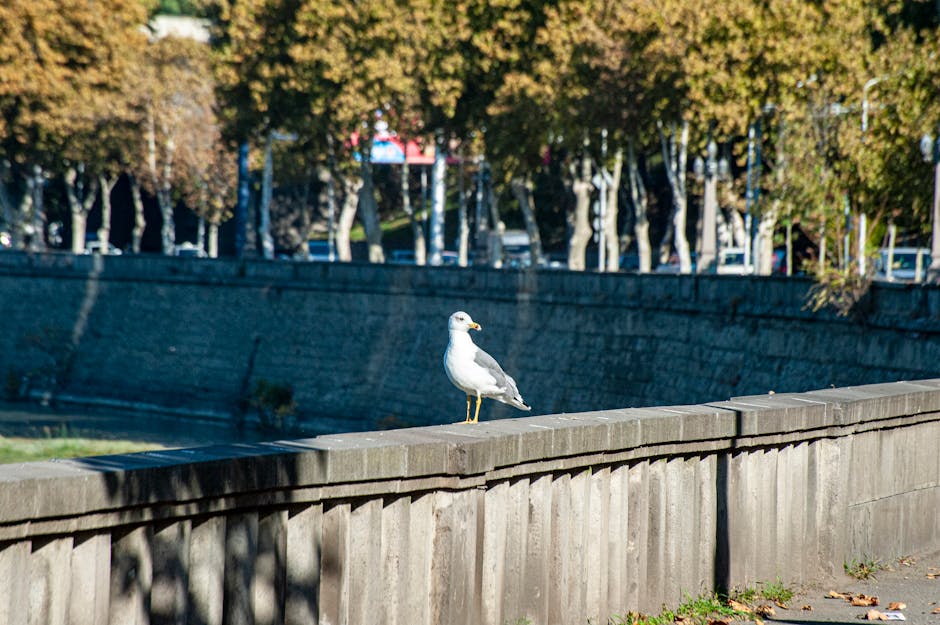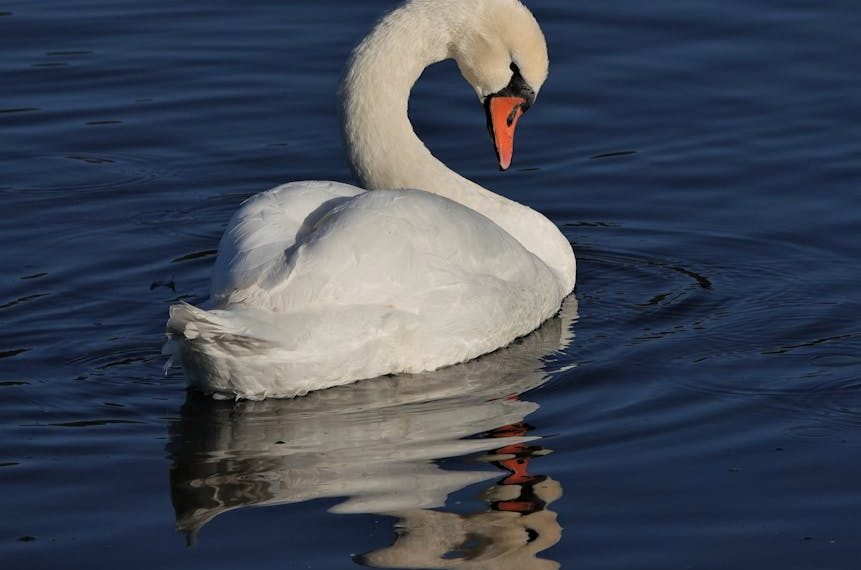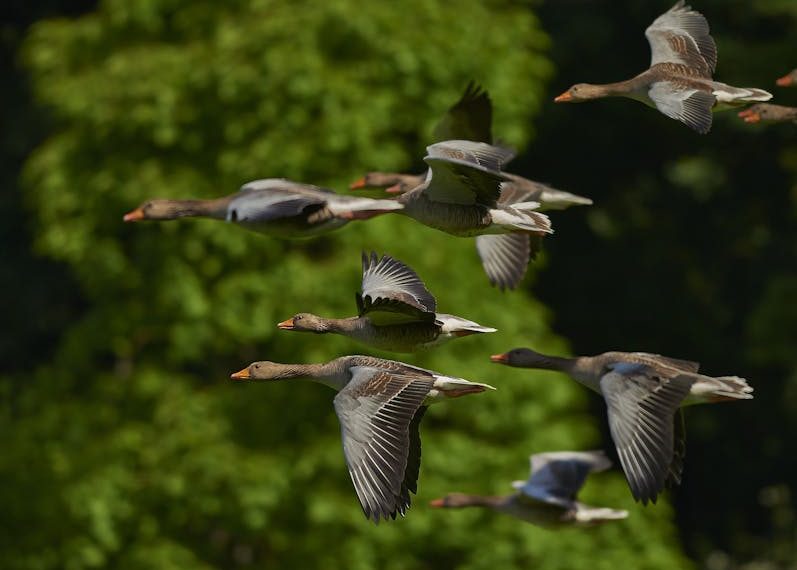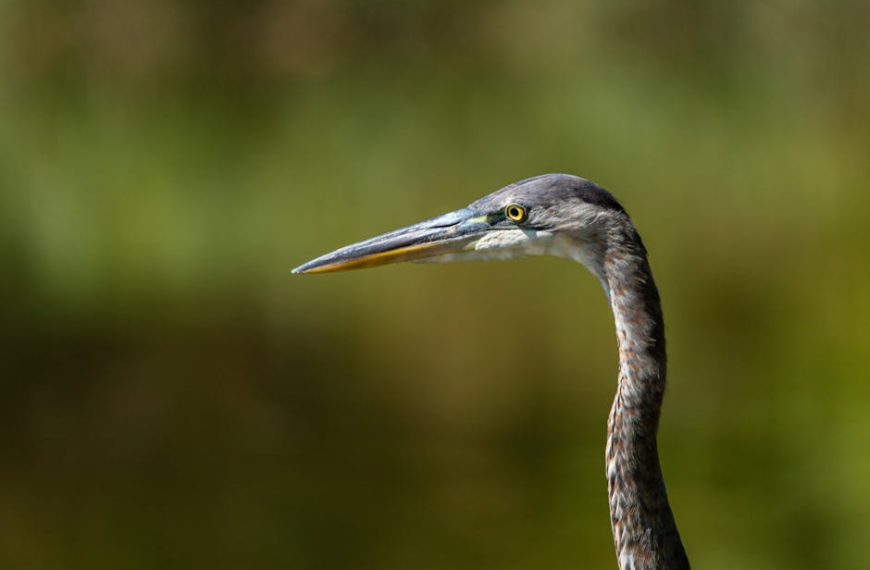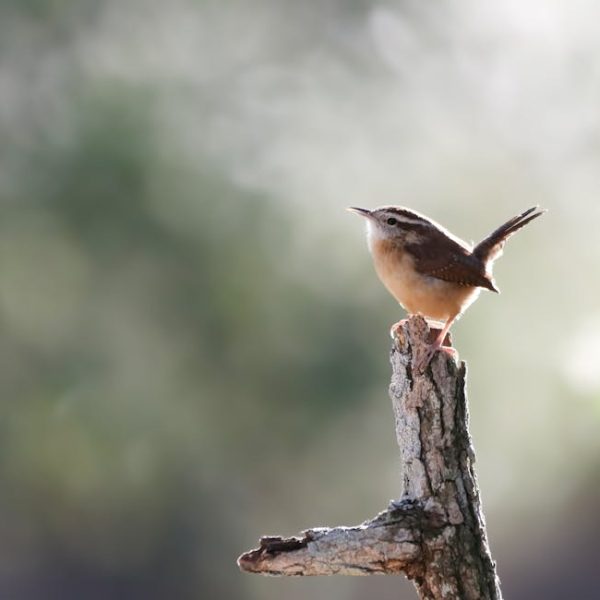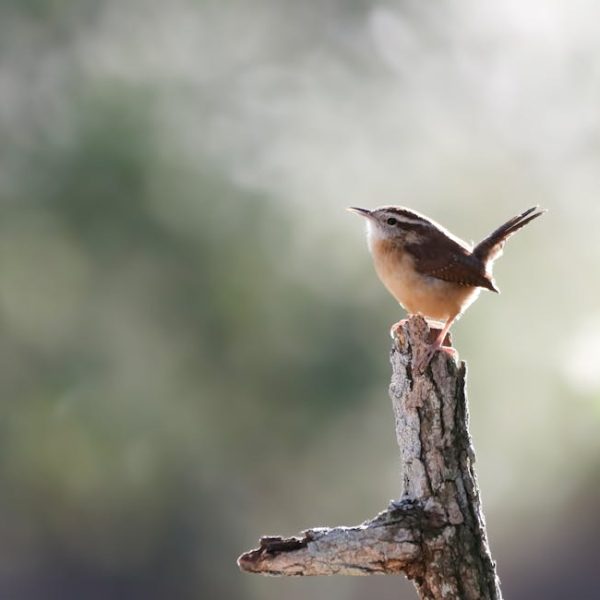Are you tired of constant intrusions by birds during your peaceful swim or while lounging by your pool? While it can be charming to watch our feathered friends frolic around, their frequent visits can quickly turn into a bother – from leaving their droppings to consuming your pool’s chemicals and water. So, how can you deter these pesky birds without causing them any harm? You’ll discover that answer and more in this comprehensive guide, which includes a host of practical methods and key strategies for deterring birds.
Understanding Why Birds Are Attracted to Your Pool
Before we dive into the solutions, it’s important to understand why birds are mainly attracted to pools. The primary attraction is water. Birds view your pool as a fantastic one-stop shop— a spot to hydrate, bathe, and, in some cases, find food. The pool’s reflective surface can also mimic a lake, inviting birds for a dip. Depending on the location and depth of your pool, some birds may even mistake it for a viable nesting or breeding spot.
Frequent avian visitors might include the common household sparrow, finches, robins, or even larger birds like ducks and seagulls. Identification can aid in understanding their behaviors and devising specific deterrent strategies.
Considerations before Choosing Bird Deterrents
It’s essential to identify the bird species frequenting your pool in order to select the most effective deterrents. By observing their habits around the pool, like whether they are solo visitors or arrive in flocks, their preferred landing spots, and their favorite time to visit, you can customise a suitable strategy.
As you work to keep the birds away, keep in mind that the goal is to make the area unwelcoming for them without causing any harm or distress. As such, embrace non-invasive and bird-friendly deterrent methods.  Pro tip: remember, a multifaceted approach usually yields the best results.
Pro tip: remember, a multifaceted approach usually yields the best results.
Employing Physical Deterrents To Keep Birds Away
Physical deterrents are a great way to prevent birds from landing or nesting around your pool. This includes using bird nets, spikes, and pool covers.
- Bird nets can act as a barrier, restricting access to the pool.
- Bird spikes, although sounding menacing, are merely uncomfortable landing surfaces for birds, dissuading them from perching.
- Pool covers protect your pool while not in use, making it unattractive to the birds due to the lack of visible water.
However, these methods have their shortcomings. For instance, nets may entrap birds causing harm, spikes may not be effective for larger birds, and pool covers require diligent application and removal. It is therefore crucial to choose the deterrent that suits your situation—it may even involve combining multiple methods. Make sure to review and adjust as you observe their effectiveness over time. Remember, the goal isn’t to harm the birds but to discourage their visits.
Using Sound and Visual Deterrents to Scare off Birds
Utilizing sound and visual deterrents is another effective way to scare off birds. These deterrents, ranging from wind chimes and flash tapes to ultrasonic devices, work on the principle of disturbing the birds’ peace, making them associate your pool with an unfriendly environment.
- Wind chimes and flash tapes work by producing unpredictable noises and bright, flashing reflections that birds find unsettling.
- Ultrasonic devices emit frequencies that are undetectable by human ears but highly bothersome to birds.
It’s essential to note, however, that these deterrents may vary in effectiveness depending on the bird species. Sound-sensitive birds like pigeons might be easily deterred by wind chimes, whereas stubborn bird species might require more intense deterrents along the lines of ultrasonic devices.
| Bird species | Wind chimes | Flash tapes | Ultrasonic devices |
|---|---|---|---|
| Pigeons | Highly effective | Effective | Effective |
| Crows | Moderately effective | Effective | Highly effective |
| Seagulls | Less effective | Moderately effective | Highly effective |
 Pro tip: For maximum efficiency, strategically place these deterrents around the pool area. Consider the direction of the wind for wind chimes, angles of sunlight for flash tapes, and the effective range of your ultrasonic device.
Pro tip: For maximum efficiency, strategically place these deterrents around the pool area. Consider the direction of the wind for wind chimes, angles of sunlight for flash tapes, and the effective range of your ultrasonic device.
Maintaining a Bird-Free Pool
Regular cleaning and maintenance is a continuous aspect of bird deterrence. Birds are less likely to return if the area remains unfriendly and bird-free.
Here’s a checklist of practices to ensure your pool remains a no-fly zone for birds:
- Regularly clean the pool area, removing all bird droppings and potential food sources.
- Regularly inspect your deterrents for any needed adjustments or replacements.
- Always remember to replace your pool cover after use, especially during bird migration seasons.
- Relocate feeders, birdbaths, or birdhouses far away from the pool area.
 Pro tip: Incorporate these practices into your regular pool maintenance schedule to ensure a bird-free swimming season. Achieving and maintaining a bird-free pool requires keen observation, patience, and the willingness to make adjustments as the need arises. Remember, a bird-free pool means a clean, hygienic swimming environment and less damage to your pool and its equipment. Happy swimming!
Pro tip: Incorporate these practices into your regular pool maintenance schedule to ensure a bird-free swimming season. Achieving and maintaining a bird-free pool requires keen observation, patience, and the willingness to make adjustments as the need arises. Remember, a bird-free pool means a clean, hygienic swimming environment and less damage to your pool and its equipment. Happy swimming!
Key Takeaway:
- Birds are mainly attracted to pools due to the readily available water source, reflection, and perceived habitat.
- Identification of the bird species that visit your pool helps in developing a suitable deterrent strategy.
- Employing a combination of physical, sound, and visual deterrents can effectively deter birds.
- Regular cleaning and maintenance are necessary to maintain a bird-free pool.
- Considerate use of bird-friendly methods is essential to ensure the safety of these creatures while maintaining the cleanliness of your pool.
Remember: persistence is key. You may need to try more than one solution to find what works best in your environment. The ultimate goal is to create a peaceful coexistence, where you can enjoy your pool and birds can continue with their routines, just not in your pool area.
FAQs
Q: How can I identify the different bird species that frequent my pool?
A: Use bird identification guides or mobile apps to help recognize frequent bird visitors. Observing things like the bird’s size, color, and behavior can provide clues.
Q: What if none of the mentioned deterrent methods work on the birds that visit my pool?
A: It could mean that the birds have become habituated to these deterrent tactics. You may need to introduce new deterrent methods or occasionally rotate your current ones to maintain their effectiveness.
Q: How often should I check and replace deterrents like netting or spikes?
A: The check and replacement frequency depend on the durability of the tools, their exposure to weather elements, and the level of bird activity. As a rule of thumb, you should inspect them regularly, at least monthly.
Q: Are ultrasonic devices harmful to pets?
A: Most ultrasonic devices are safe for pets. However, it’s best to check manufacturer guidelines or consult with a vet before installing these devices if you have pets in your home.
Q: Can I use these deterrent methods to keep birds away from other areas like my garden or balcony?
A: Absolutely. Most of these deterrent tactics can be used to safeguard any area that birds frequent, but you aren’t keen to have them.
Feel free to share this article with anyone struggling with birds in their pool area. Also, explore more posts on our website for other ideas on pool maintenance and bird deterrent methods.
